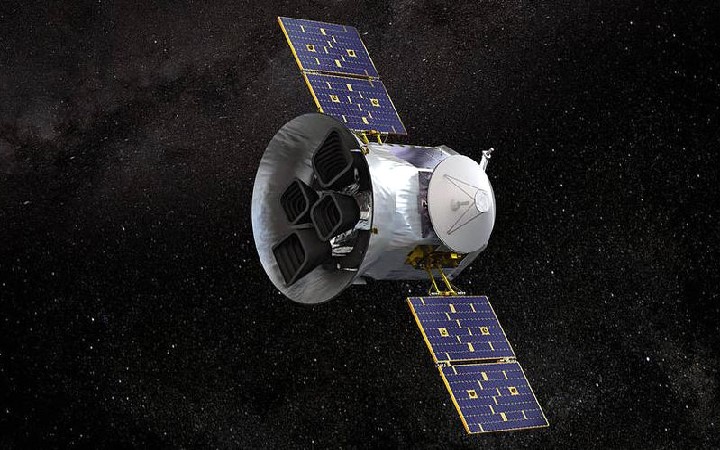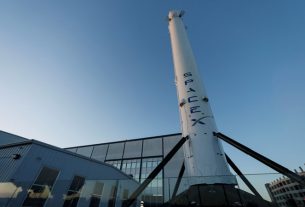NASA’s spacecraft probing the Sun stumbled upon the debris trail of Phaethon. According to scientists, once an asteroid flew very close to the Sun and cracked because it was too fragile to survive conditions close to Sun. The small, dark and rocky asteroid released a burst of dust and debris. Humans named the asteroid as Phaethon. In Greek mythology, Phaethon was the son of Sun god Helios and Oceanid Clymene. It is believed that Phaethon drove his father’s chariot across the sky but lost control of the horses, setting the Earth on fire. Scientists said they have struggled for years to click pictures of Phaethon. But NASA’s solar probe recently stumbled upon it during a retreat.
It is widely reported that in December every year, when Earth plunges through Phaethon’s wake, people see the broken asteroid bun up in the atmosphere. Scientists call the light Geminid meteor shower. In layman’s language, it is called shooting stars. Scientists claimed Phaethon still travels along its orbit even after it dropped millions of fragments in its wake. NASA’s Parker Solar Probe in November captured something that raised the eyebrows. While retreating from its third close approach to the Sun, the spacecraft captured images showing there was a faint line of dust. Scientists said they analyzed the position of Phaethon minutely and it was a perfect match. Scientists said they are studying this debris trail and hope it will reveal what caused Phaethon to crack and release dust.
The Parker Solar Probe was launched by the US space agency in August last year. It is the closest-ever spacecraft to the Sun. In November this year, the spacecraft completed its third close approach to the Sun. NASA said the spacecraft has been designed to use Venus gravity to go closer to the Sun. In total, it will make 24 passes through the outermost part of the Sun’s atmosphere called the corona. The spacecraft will get within 3.8 million miles of the surface.

Paul is an American-based writer covering Latest business trends. Paul cover Business and media for many news sites. He has been breaking news and writing features on these topics for major publications since 2012. Paul prefers writing about business news keeping science and technology into perspective.



